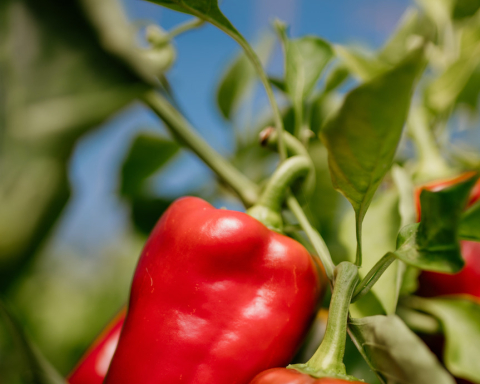Rochelle Eisen
By now, hopefully, everyone has poured through the 2015 version of the Canadian Organic Standards. I hope that everyone has noted the changes most relevant to their operations. Ideally, you have either attended a webinar, or made plans to go to a COABC conference workshop or COG webinar regarding the changes. Or, maybe it’s time to sit down to read the beast – ahead of the next growing season.
The reality is, probably only a handful of producers are truly being this proactive. I bet the majority are waiting to learn about the differences while completing 2016 renewal paperwork. This could be, if I may so bold, truly organic self-sabotage.
Let’s step back from that notion for a sec, because many of you are probably wondering why there had to be any changes at all. Wasn’t the current version good enough? The fact is, changes were needed to close some gaping loopholes, as well as to address new situations and substances. Simultaneously, the entire text was edited to add clarity and to improve the overall readability.
Here is a laundry list of changes (not including new additions to the Permitted Substances Lists, or PSL):
Crop production operators will need to: reduce the risk of organic crops being contaminated by their genetically engineered counterparts; evaluate manure differently than before if it is used as a compost feedstock; revaluate “biodegradable” mulches to assure they meet the new annotation; limit installation of new fencing material to that described; ensure inoculants comply with the new GE substrate requirement; and make sure irrigation water hasn’t been treated with any prohibited pesticides.
Mushroom production operators will need to address the new growing substrate requirements.
Sprout, microgreen, and shoot production operations will need to use 100% organic seeds if crops are harvested within 30 days.
Containerized greenhouse operations will need to address new soil mixture functionality requirements, and the new container volumes requirements outlined for staked crops.
Livestock production operators will need to make sure their operations address all the animal welfare elements, as well as updated indoor and outdoor access requirements now spelled out in the standard. Organic food or feed product manufacturers need to minimize the use of non-organic ingredients and make sure incidental additives do not compromise the status of their products.
Everyone on and off farm will need to abide by the cleaning requirements, the facility pest management requirements, and the transportation requirements outlined in Section 8 of 32.310. Additional due diligence will be needed to assess the compliance of cleaning products that come in direct contact with organic products.
And just in case you are wondering – compliance to the new standard is required within one year from publication. Take my advice… if any of the above topics twigged some type of unconscious physical response (maybe twitching?) – don’t wait until you get your 2016 renewal application to find out what the details of the changes are. You may want to be a little more proactive and take in one or more of the boot camps on offer.
Rochelle Eisen is a standards junkie who has been working in organics for close to 30 years as well as with other certification systems. Like Einstein, she believes “What is right is not always popular and what is popular is not always right” and that assurance programs are a means to level the ecological playing field.







